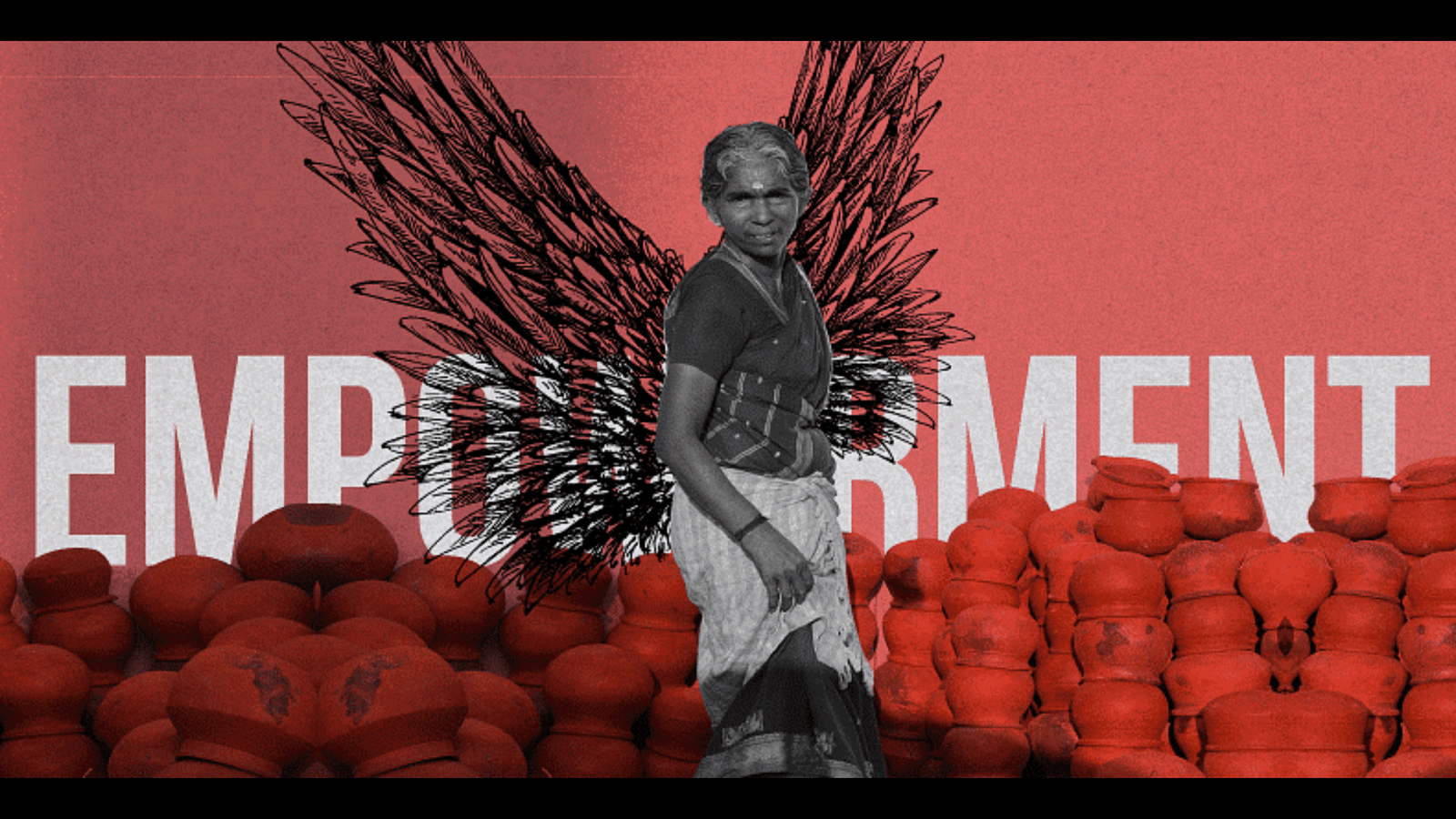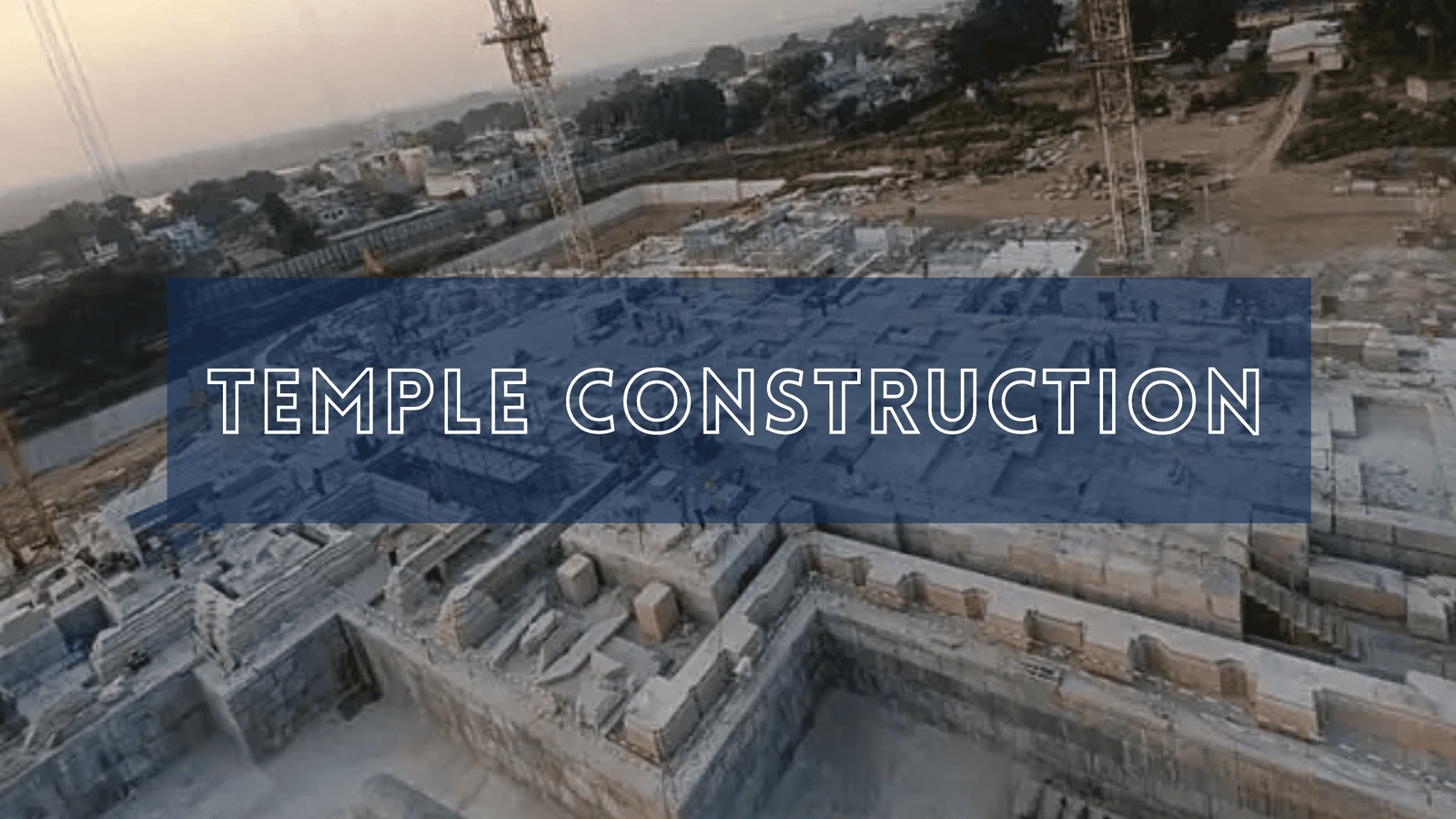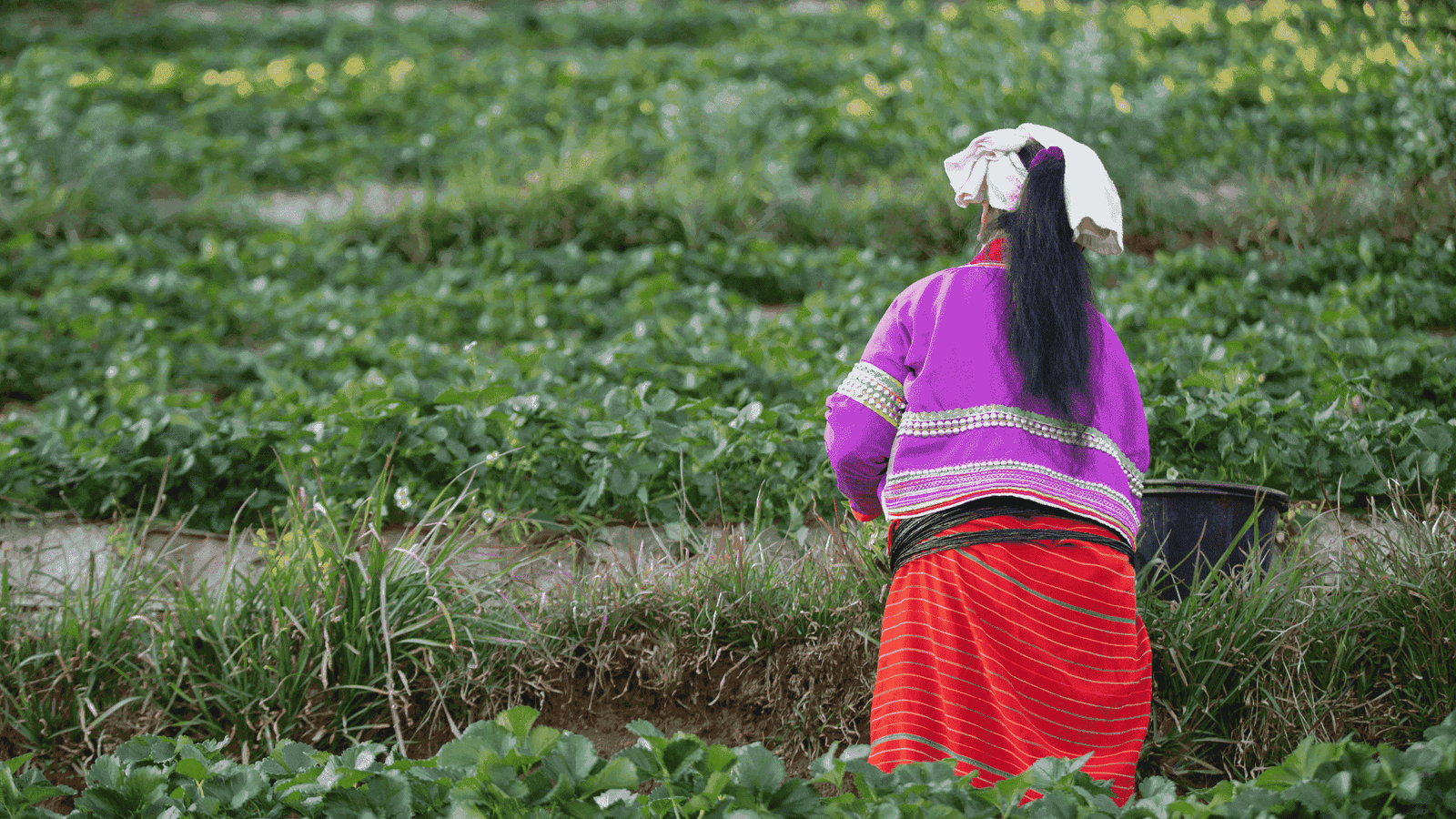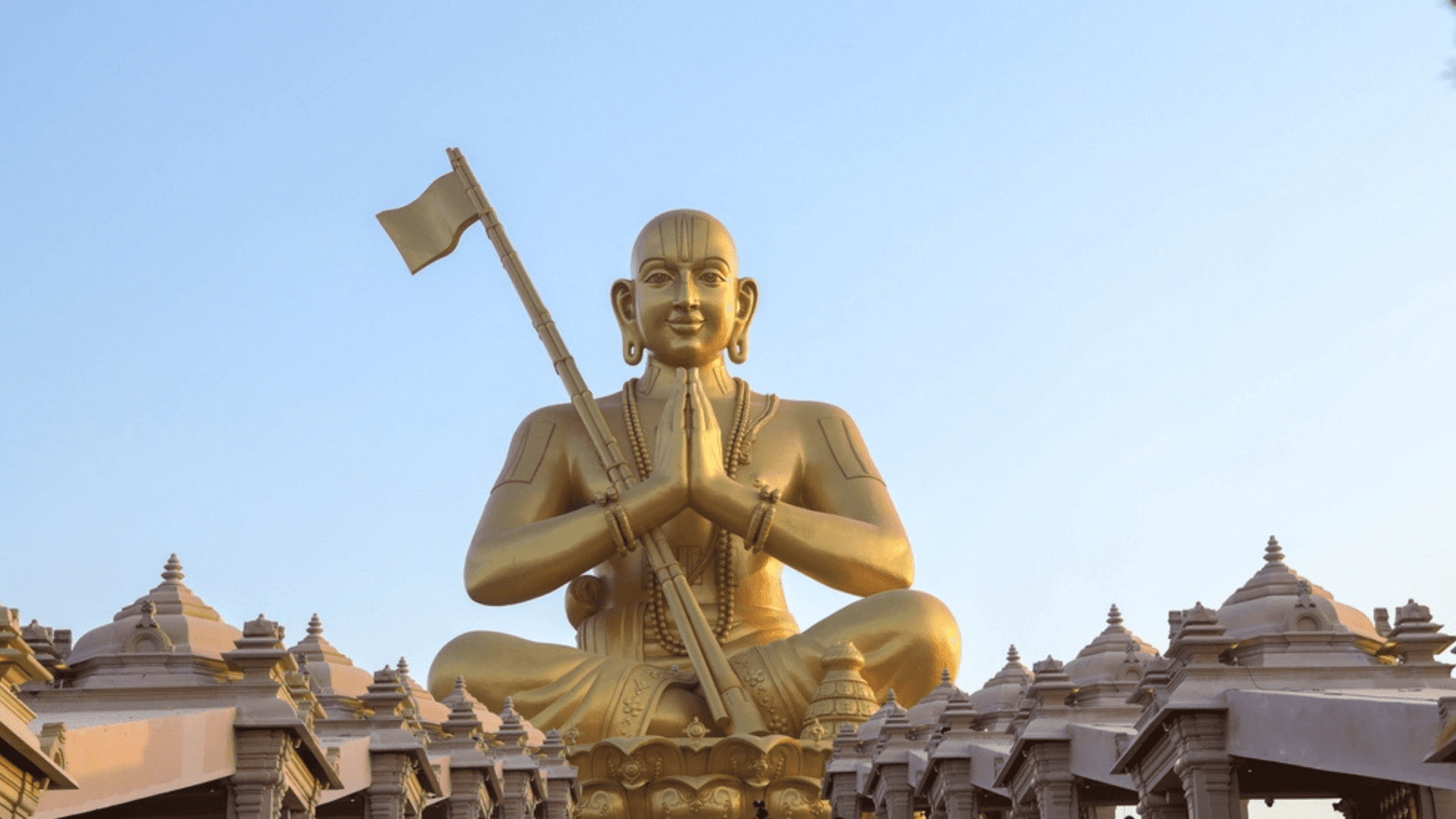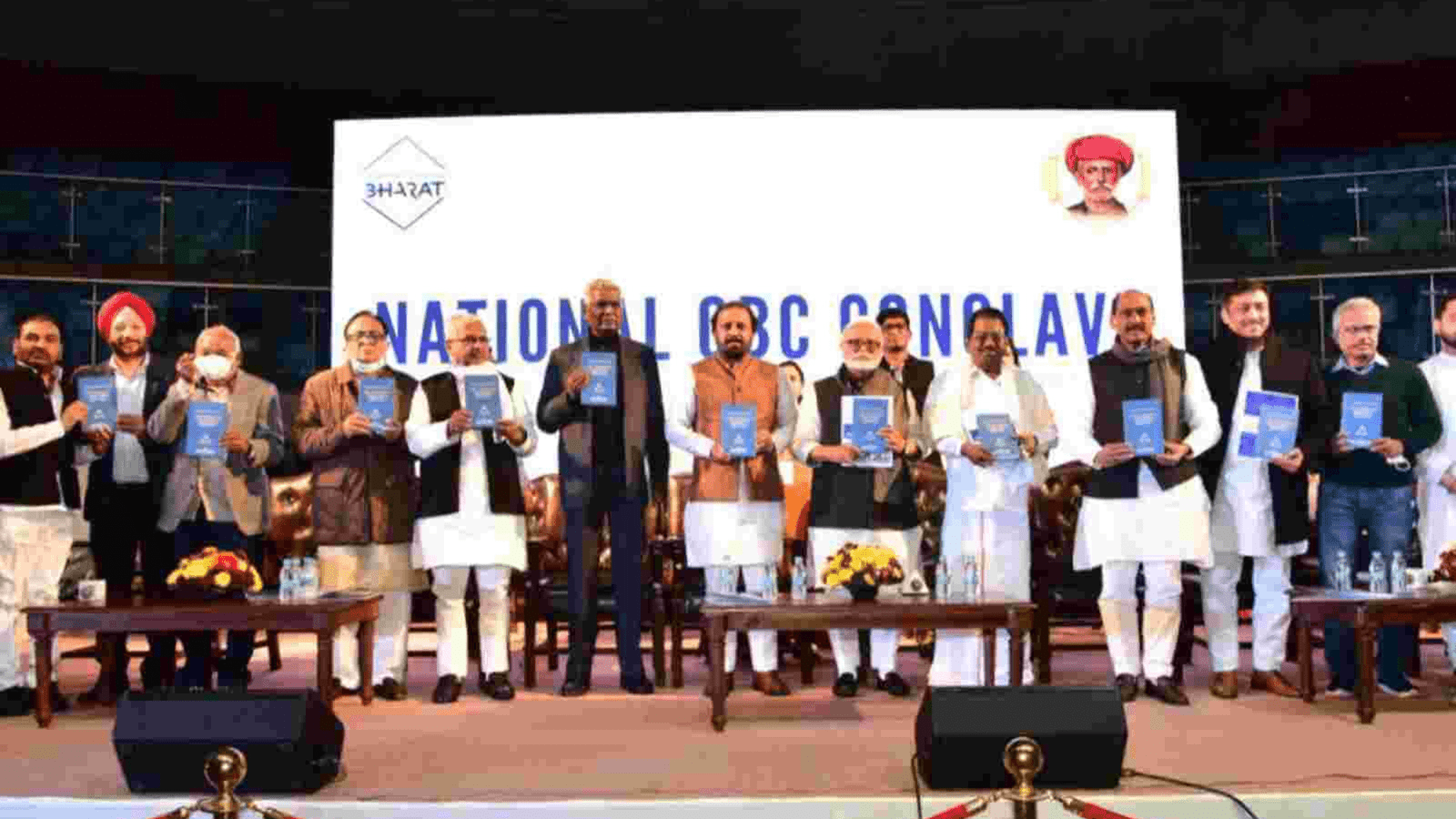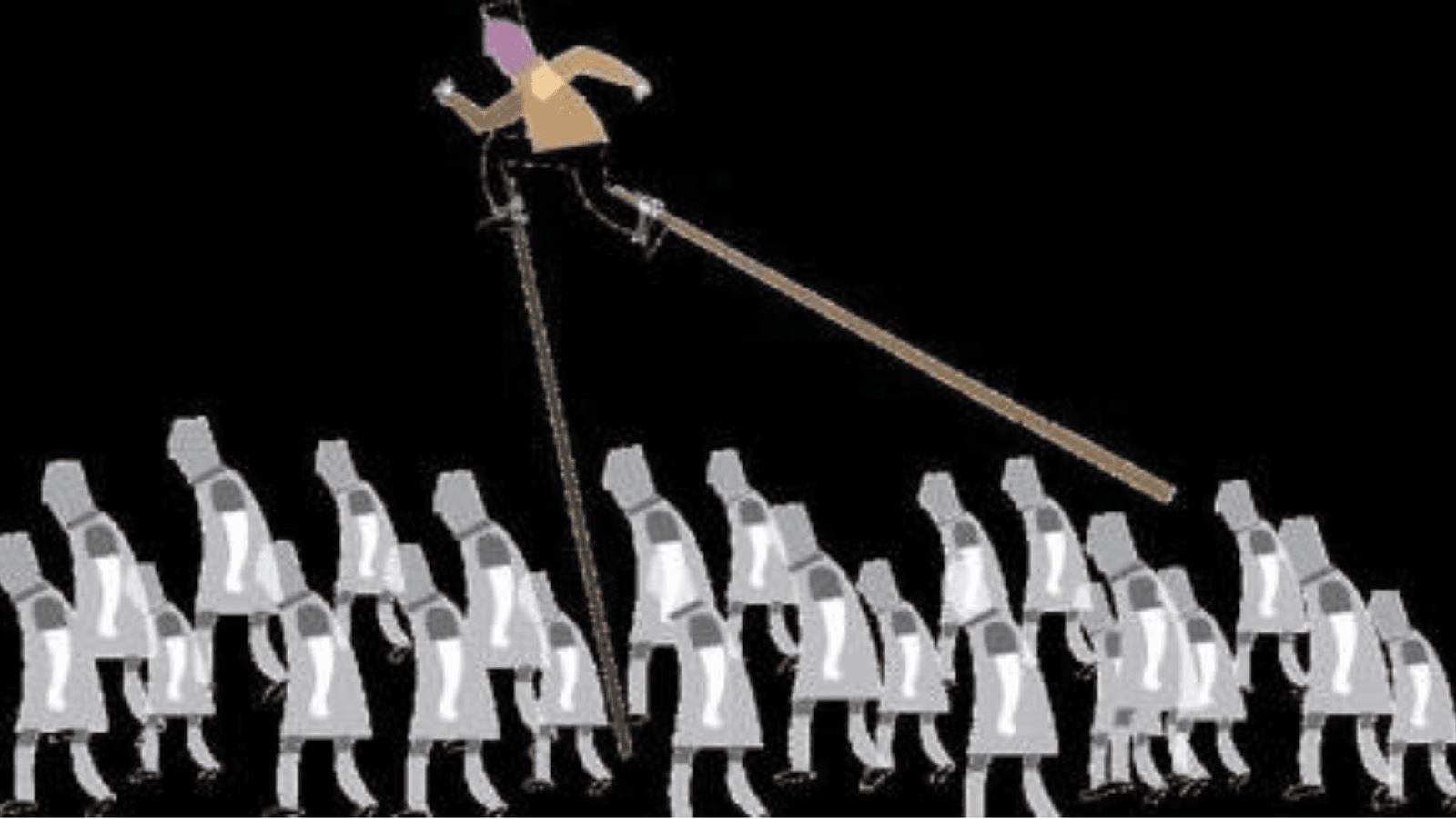
The News:
Government is working on a proposal to revise the criteria for defining the ‘creamy layer’ among OBCs.The Government has also formed an expert committee headed by retired judge G. Rohini to examine the sub-categorization of OBCs. Creamy layer: Based on the Second Backward Class Commission or Mandal Commission Report, the Government in 1990 notified 27% reservation for socially and Educationally Backward Classes.
The Supreme Court, in the Indira Sawhney Case (1992) upheld the 27% reservation, subject to exclusion of creamy layer.
Following the order, an expert committee headed by Justice R.N Prasad was constituted for fixing the criteria for creamy layer.
Sociological analysis:
S Subramanium argues that excluding the creamy layer from the backward castes reservation quotas could lead to upper-caste homogeneity in institutes of higher education and government employment as economically disadvantaged backward class will not be able to compete in the academic race. Hence, he believes that quota system was introduced as affirmative action against caste discrimination, which is unconnected to economic status.
Ashwini Deshpande, in his study on the Indian Railways, asserts that ‘reservation affect the efficiency of public service’ is a myth.However, Ashwini Deshpande argues that reservation is not an anti-poverty program. The more advantageous sections of all caste groups are able to enter higher education. To make sure that the poor are represented, we need separate policies.
K Ravi Srinivas argues that contrary to widely held view, the question of ‘creamy layer ‘is not decided on economic criterion alone. The idea in fact, is to ensure that socially and educationally advanced persons do not corner reservations in the name of social justice for OBCs.
Pradipta Chaudhury writes that reservations have served essentially as tools to absorb the privileged sections of lower castes into the ruling class that has pushed real economic problems facing the poor away from the centre stage.
Adfer Rashid Shah writes that further subcategorizing and dividing quotas will proliferate caste, group and community politics, and excessive politicization of the very idea of welfare will stoke mutual hatred and will prolong exclusion. Thus, the need of the hour is to appoint a commission to assess the relevance and need for affirmative action among various castes, groups and communities.
